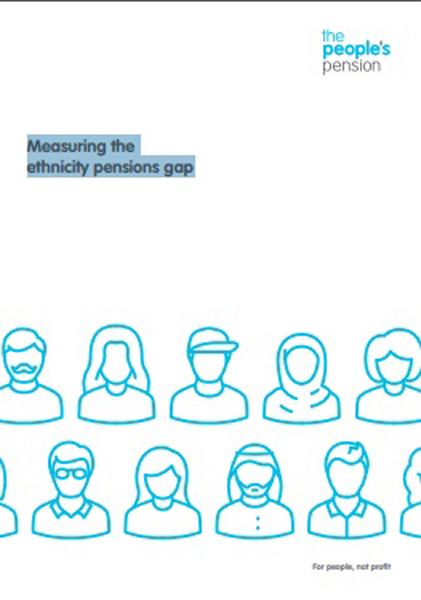Measuring the ethnicity pensions gap
By The people´s pension Last year The People’s Pension examined in detail the drivers of the yawning gap in pension income between women and men, as the first part of a series examining the UK’s ‘under-pensioned’. Our second report focuses on another dramatically underpensioned group: ethnic minorities. New calculations by The People’s Pension reveal that the UK’s overall ethnicity pension gap – the percentage difference in pension income for pensioners who belong to an ethnic minority group compared to pensioners...



